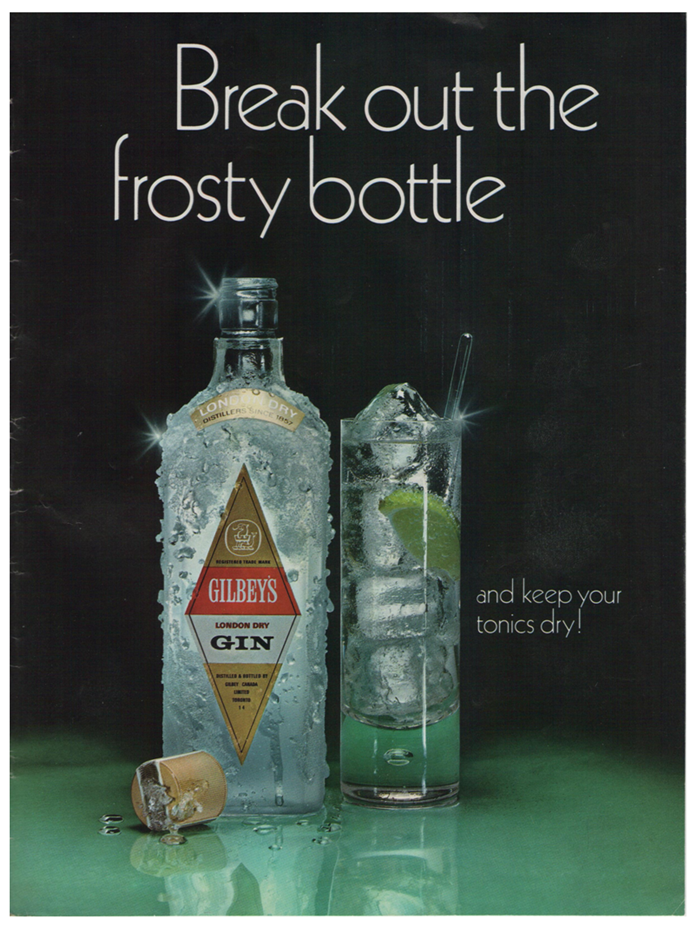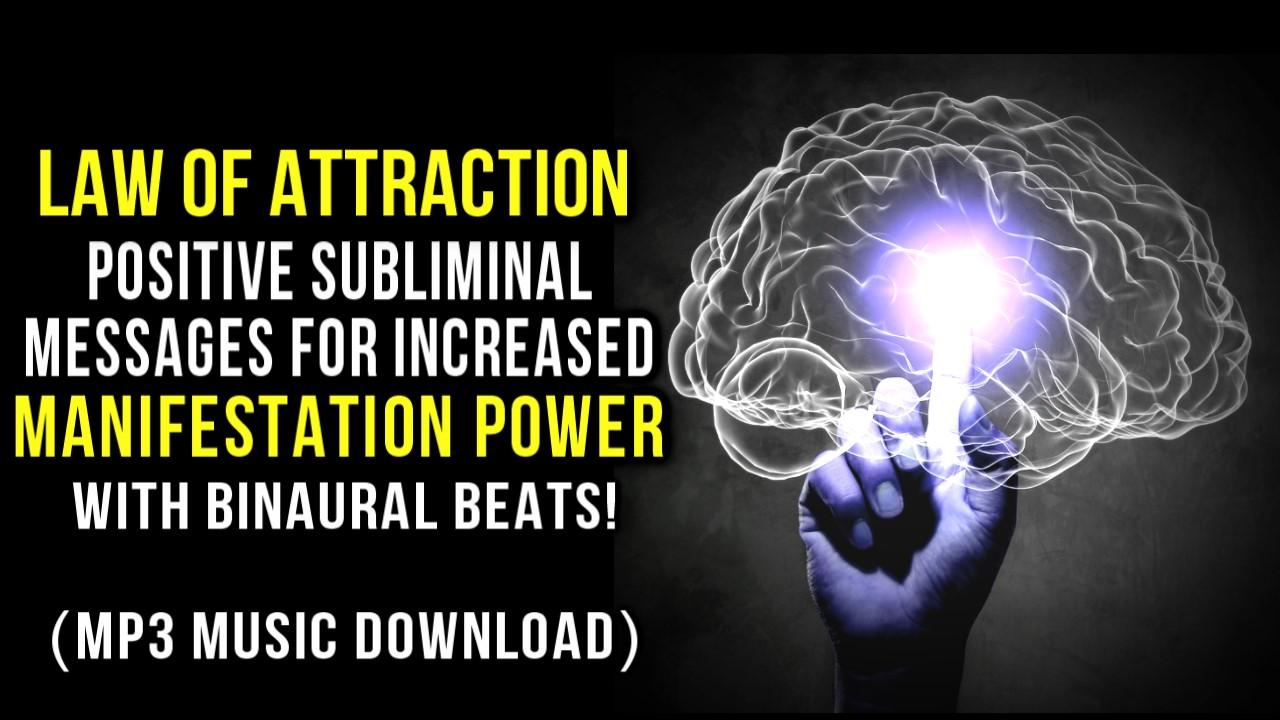
#Subliminal movie
In the 1950s, Vicary claimed to boost concession sales at a movie theater by flashing “Eat Popcorn” and “Drink Coke” during a movie.ĭespite Vicary’s confession, the damage was done. You can blame the subliminal advertising chaos on James Vicary. Nevertheless, here are a few examples - subliminal and supraliminal - that have become popular. The cues are just supraliminal stimuli disguised within a visual. Not to mention, a lot of the popular examples aren’t even “subliminal” at all. People will see meaning in anything if they’re looking hard enough. Unfortunately, most of the examples are purely coincidental. People claim that subliminal messages have shown up in advertising, movies, and music. But is there merit to it? Keep reading… Real-Life Examples of Subliminal Messages The reason? People claim that associating a stimulus with sex can enhance the appeal of the overall content. Regardless of type, subliminal messages often involve sexual cues. Backmasking – an audio message that is recorded backwards, with the intention of playing it forward to disguise the reversed message. Subaudible messages – low volume audio cues that are inserted into a louder audio source, such as music.ģ. Subvisual messages – visual cues that are flashed so quickly (generally a few milliseconds) that people don’t perceive them.Ģ. Generally, there are three types of subliminal messages:ġ. Needless to say, there’s a lot more skepticism toward subliminal influence. We can’t consciously perceive subliminal messages, even if we’re looking for them.

However, subliminal factors are a different animal. But those two concepts are very different. Many people confuse subliminal influence with subconscious influence. Because they fall below the absolute threshold level (ATL), we can’t perceive a subliminal message, even if we’re looking for it.

Subliminal messages are stimuli that lie below our threshold of conscious awareness. Hopefully this section will clear things up. That definition has led to some different interpretations - most of which are wrong. Whoever came up with the definition for “subliminal” should be fired. This post will demystify subliminal messages. You’ll learn the answers to some common topics, including: Researchers in another study found that subliminal messaging can be effective when it comes to motivating people – but only if the subliminal message matches a biological need and if the behaviour is associated with a positive effect.How legitimate are subliminal messages? Great question.Įveryone seems worried that advertisers can control their behavior through subliminal messages.Ī legitimate concern? That’s up for debate. “We have shown that people can perceive the emotional value of subliminal messages and have demonstrated conclusively that people are much more attuned to negative words.”

“There has been much speculation about whether people can process emotional information unconsciously, for example pictures, faces and words,” Professor Nilli Lavie, who led the study, said. Likely, this is due to evolution and humans being quicker to respond to danger signals, researchers found. One study found that subliminal messaging worked, but is most effective when the message being conveyed is negative.

However, with searches around subliminal messaging up by more than 100% in the past 12 months alone, the idea seems to be having a renaissance of sorts. In a nutshell, the jury is still out on this one. It stated, “whether effective or not, were contrary to public interest, and that any station employing subliminal messages risked losing its broadcast license”. So much so that in 1974, the Federal Communications Commission (FCC) banned subliminal advertising from radio and television broadcasting. While some remained sceptical over whether the techniques were as effective as Vicary claimed, the concept took hold. Vicary later claimed the messaging had lead to a 18.1% increase in Coca-Cola sales and a 57.8% jump in popcorn purchases. That same year, James Vicary conducted a study during film screenings with words such as ‘Drink Coca-Cola’ and ‘Hungry? Eat popcorn!’ flashing across the screen for 1/3000th of a second (below the threshold of conscious perception) every five seconds. The Hidden Persuaders by Vance Packard introduced the idea of advertisers using subconscious messaging to influence consumers. Where does the idea of subliminal messaging come from?


 0 kommentar(er)
0 kommentar(er)
